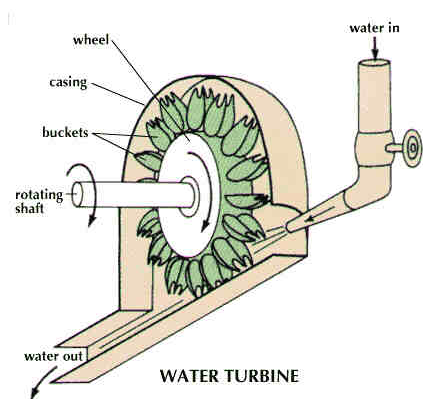12 Difference Between Distance And Displacement: Difference (With Similarities)
What Is Distance? Distance is the total movement of an object without any regard to direction. We can also describe distance as to how much ground an object has covered despite its starting or ending point. What Is Displacement? Displacement can be described as the change in position of an object. It is a vector … Read more


